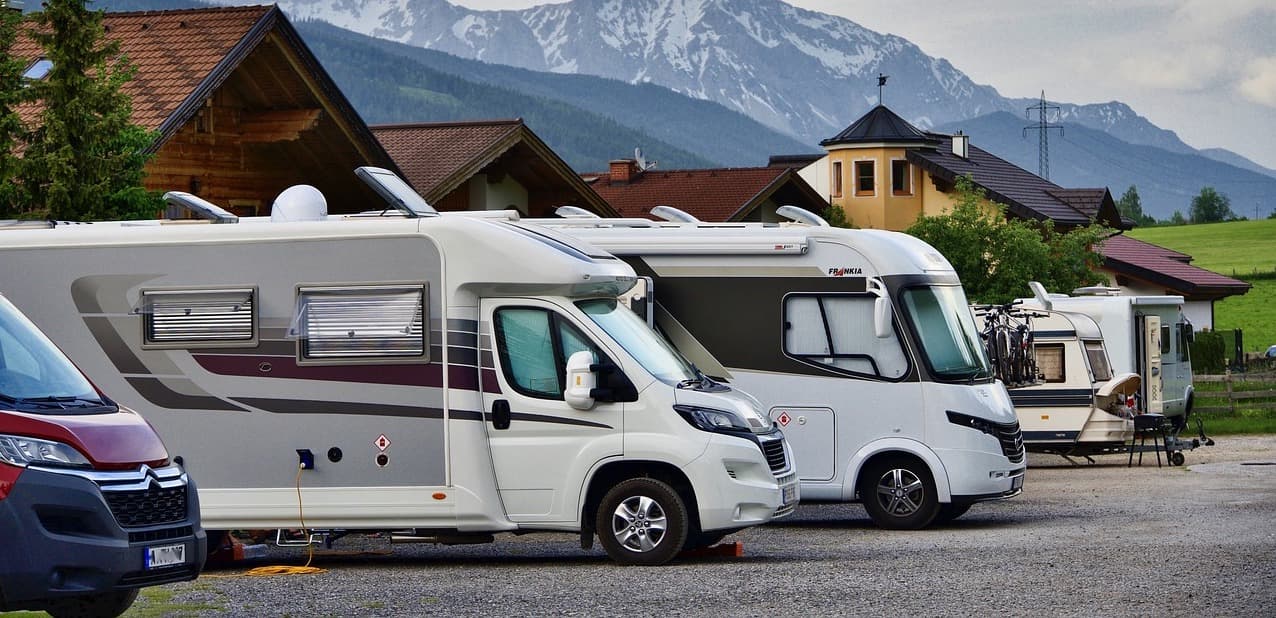RV classes & RV types review

Published: Sep 4, 2023, 11:32 AM
Published: 2025-05-22
As an RV owner, your roof is your first line of defense against the elements and one of the most critical components to maintain. RV Roof Maintenance isn’t just a chore; it’s a strategic investment in preventing costly leaks, preserving resale value, and ensuring safe, worry-free travel across the USA. In this guide, we’ll explore roof materials - from EPDM and TPO to fiberglass and aluminum - before diving into detailed cleaning, inspection, sealing, and coating methods. You’ll also get a seasonal maintenance schedule, a comparison of DIY vs. professional approaches, and preventive best practices that many articles overlook. Whether you’re parked under sappy trees in Oregon or baking under the Arizona sun, this guide will equip you with everything needed to keep your roof leak-free and road-ready.
Different roof materials demand different care. Knowing what you’re working with is the first step to effective maintenance.
TPO (Thermal Polyolefin): White, reflective, and energy-efficient but less UV-tolerant - requires more frequent maintenance in sunny states like Arizona.
EPDM (Rubber): Darker but more durable, resisting punctures and lasting up to 20 years with proper cleaning.
Made from synthetic resin and glass fibers; lightweight and fire-resistant but prone to thermal splitting under extreme heat.
Maintenance tip: Avoid harsh brushes; use a gentle rinse and mild soap to prevent scratching.
Extremely long-lasting but vulnerable to seam failure and corrosion.
Fastener checks: Tighten screws biannually and touch up paint to prevent rust.
![]() A clean roof not only looks great but extends lifespan and makes inspections more effective.
A clean roof not only looks great but extends lifespan and makes inspections more effective.
![]() When you spot compromised sealant or membrane, swift action can prevent water intrusion.
When you spot compromised sealant or membrane, swift action can prevent water intrusion.
Patch kits (e.g., Eternabond tape) are great for roadside emergency repairs, but professional coatings offer full-roof coverage, durable adhesion, and long-term warranties.